Human Rights:
Justice as a Foundation for Health
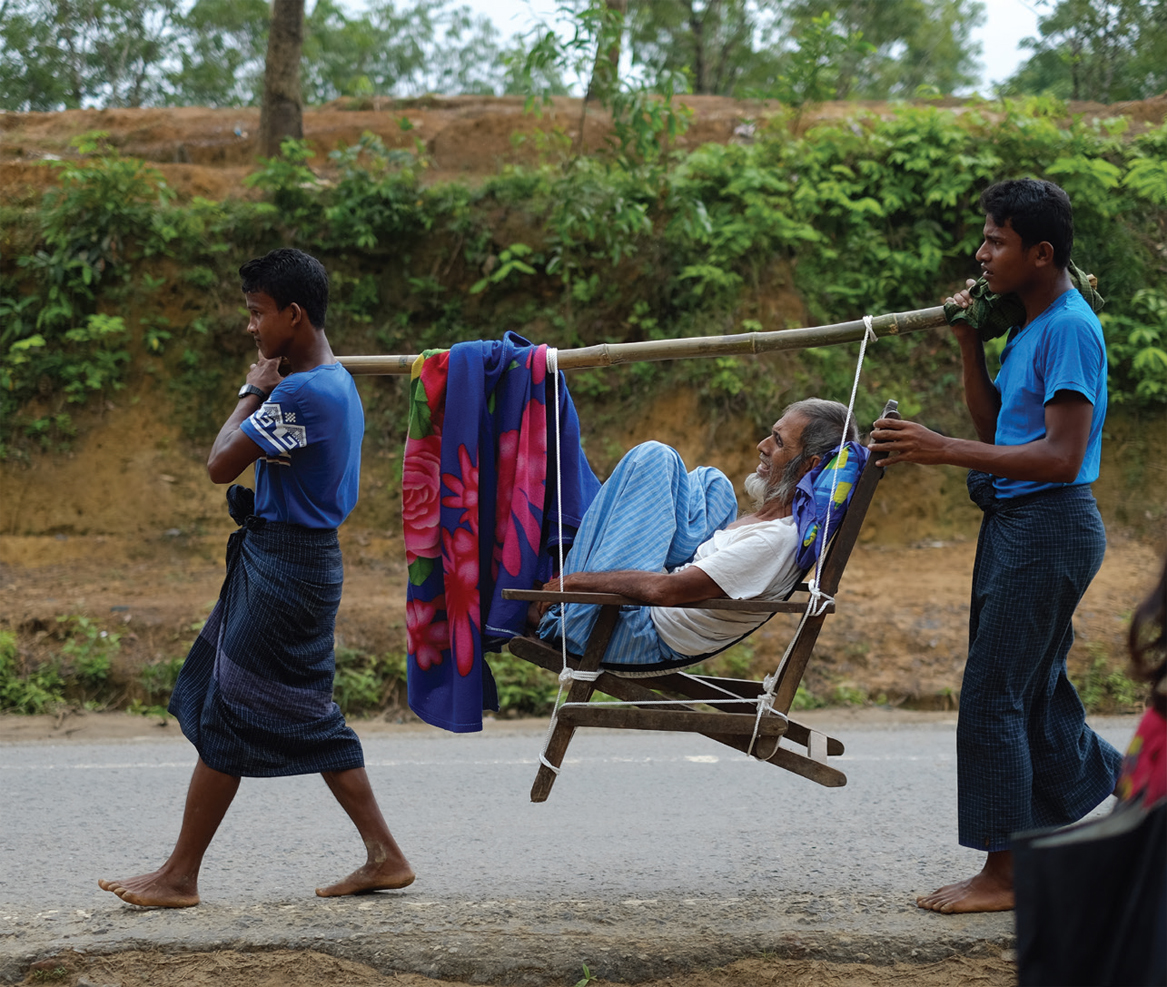
Efforts to promote justice globally have led to greater recognition of the rights of marginalized groups—such as women; Black, Indigenous, and people of color; the LGBTQIA+ community; and people with disabilities. Nonetheless, many people continue to be deprived of their basic rights even as new forms of rights abuse have emerged, for instance through technological surveillance and the digital exploitation of personal data.
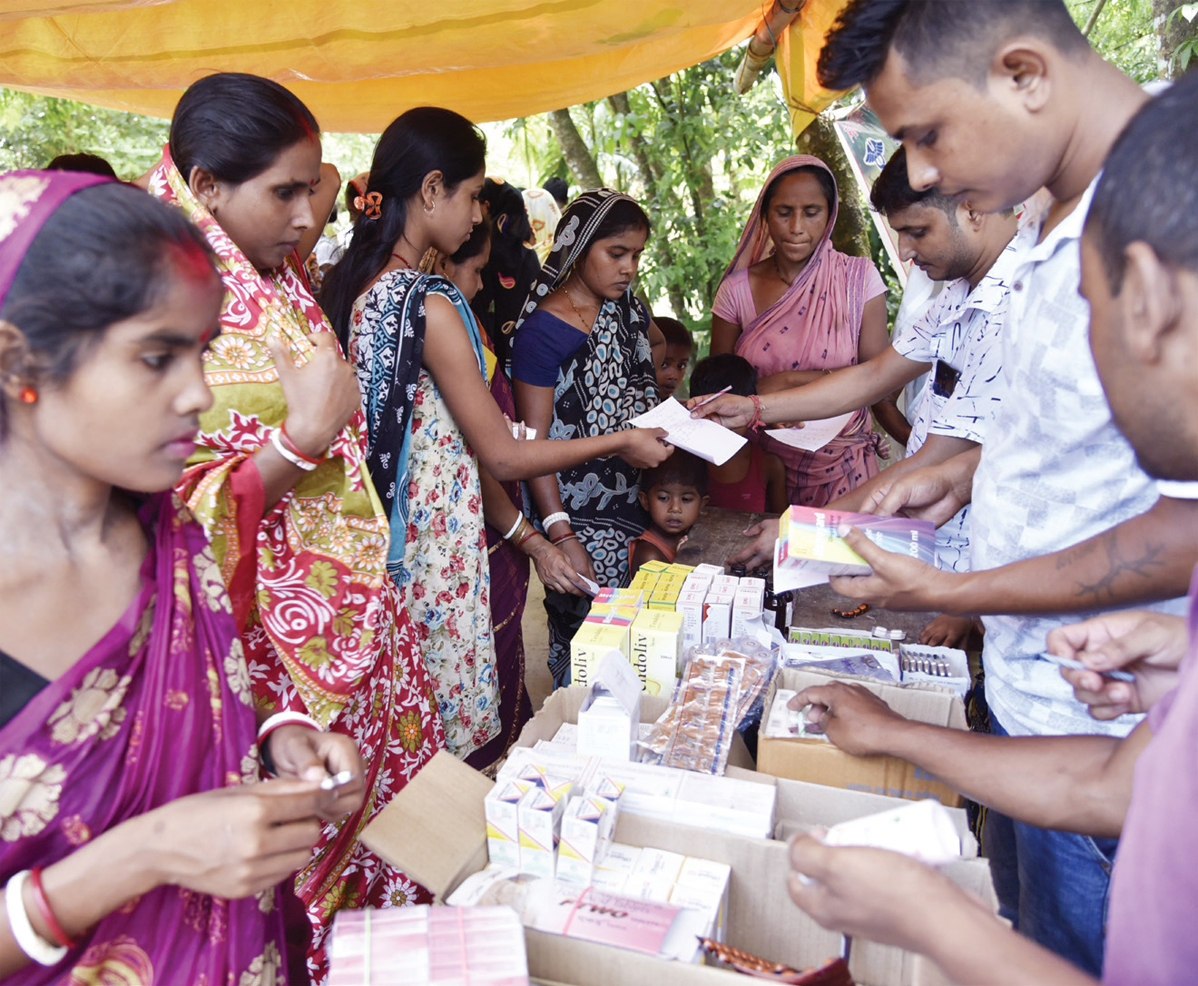
1980
Resettling Refugees
Until the passage of the Refugee Act of 1980, resettlement of refugees to the United States was done in an ad hoc fashion through public–private partnerships. The act standardized the system under which refugees were admitted, established political asylum in U.S. law, solidified the relationship between resettlement agencies and the federal government, and created assistance programs to help refugees transition to life in the United States. Despite challenges related to financial and programmatic support, passage of the act has been followed by the resettlement of more than 3 million refugees, providing them with opportunities to start a new life.
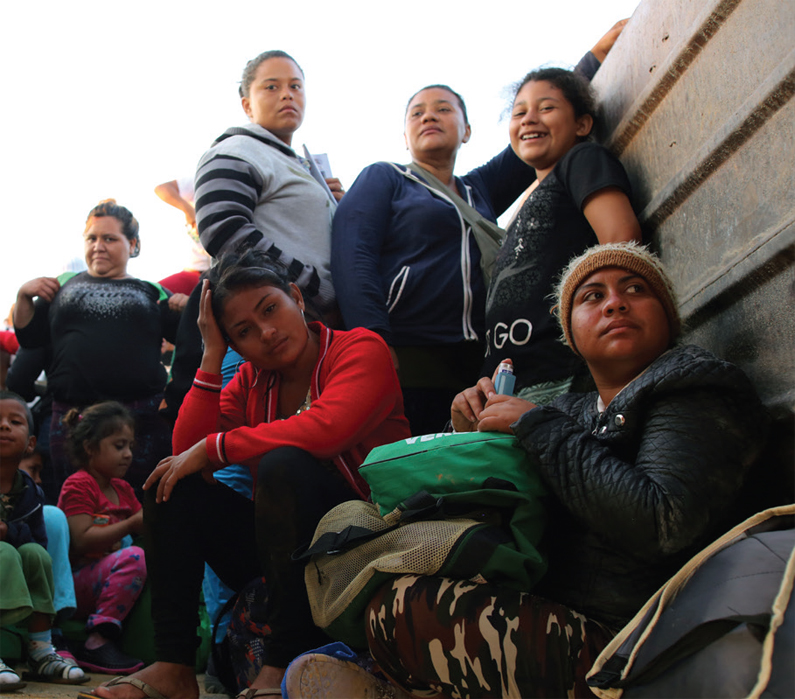
1993
World Conference on Human Rights
The 1993 World Conference on Human Rights created a common plan to strengthen and reaffirm human rights work around the world. Attended by representatives from 171 member states of the United Nations as well as international agencies and nongovernmental institutions, it was the largest assembly ever on global human rights issues. The resulting Vienna Declaration and Programme of Action stated that human rights education, training, and public information were essential to create worldwide health, understanding, tolerance, and peace. The conference produced recommendations on a range of human rights issues, including the rights of women, children, and Indigenous people.

2000
The Right to the Highest Attainable Standard of Health
In 2000, the United Nations Committee on Economic, Social and Cultural Rights expressed that the highest attainable standard of physical and mental health is a fundamental human right. Released as General Comment No. 14, the committee’s statement observed that the right to health extends beyond access to health care to encompass the underlying social, political, and economic determinants of health as well as services delivered through public health systems. Insisting that all members of society need to be protected from health-related discrimination, the committee called for states to adopt national strategies to ensure that all people enjoy the highest attainable health status.
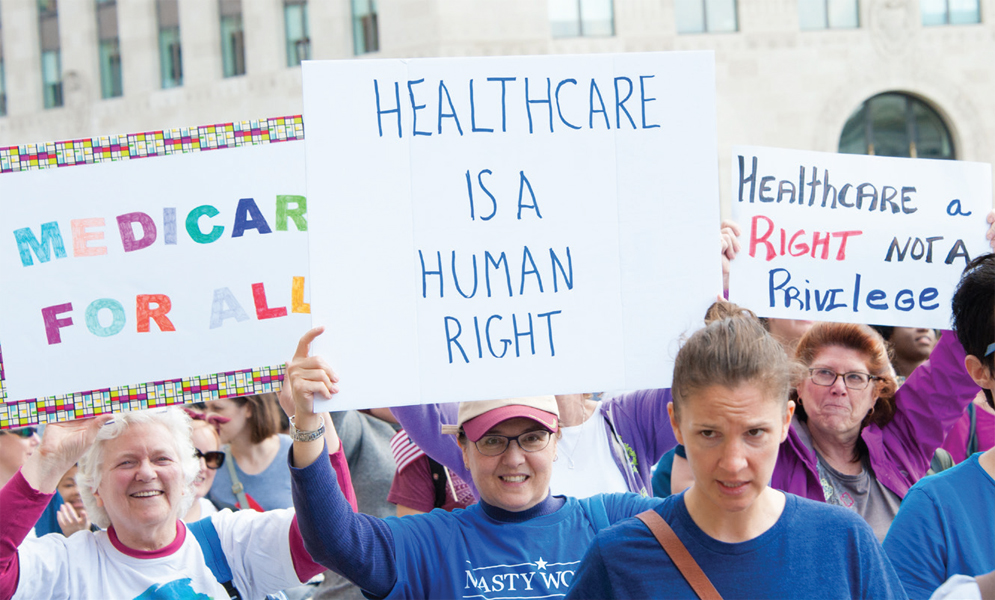
2005
The Responsibility to Protect
In the aftermath of the genocide in Rwanda and in the face of ongoing atrocities in Darfur, United Nations (UN) member states adopted the principle of the Responsibility to Protect during the UN 2005 World Summit, signaling a commitment by all nations to protect their populations from atrocity crimes (including genocide, war crimes, ethnic cleansing, and crimes against humanity). Though the principle asserts that the responsibility to protect begins with national governments, this duty does not end at nations’ borders. The international community also has a role in preventing atrocity crimes, including by helping states build capacity to protect their populations and prevent such crimes.

2006
Improving the Lives of People with Disabilities
Adopted by the United Nations General Assembly in 2006, the Convention on the Rights of Persons with Disabilities is an international treaty designed to protect the human rights and dignity of persons with disabilities. The convention takes a progressive approach, replacing the traditional medical–social welfare model of disability with a human rights model that focuses on the capabilities and inclusion of all people. The treaty recognizes that barriers to full participation in society reside not in the individual but in the “social, attitudinal, architectural, medical, economic, and political environment.”

2007
Solidifying Indigenous Rights
After more than 25 years of work and debate, the United Nations Declaration on the Rights of Indigenous Peoples was adopted by the General Assembly in 2007. Though not legally binding, this document offers a set of guiding principles to provide national governments with the opportunity to prioritize Indigenous teaching and traditional knowledge and to support a reconciliation framework to uphold Indigenous land rights. It also delineates and defines the individual and collective rights of Indigenous peoples, including their rights to cultural and ceremonial expression, identity, language, employment, education, and health.
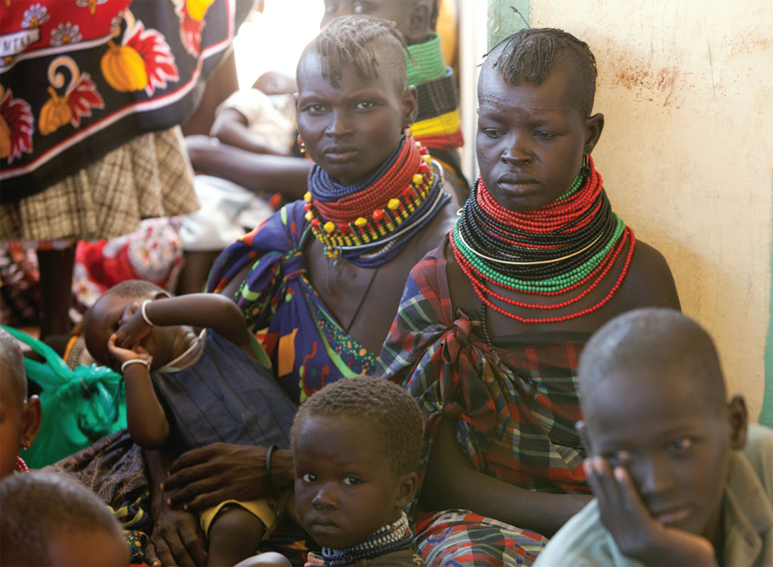
2006
Government Accountability for Human Rights
In 2006, the United Nations (UN) General Assembly created the Universal Periodic Review (UPR), a process by which the UN Human Rights Council monitors national human rights obligations. The UPR provides the opportunity for each UN member state to declare what actions they have taken to fulfill their human rights obligations. Under this system, the human rights situation of all UN member states is reviewed every 5 years, resulting in recommendations for each state to improve. Civil society plays a key role in the UPR process by helping to hold governments accountable for implementing health-related and other human rights.
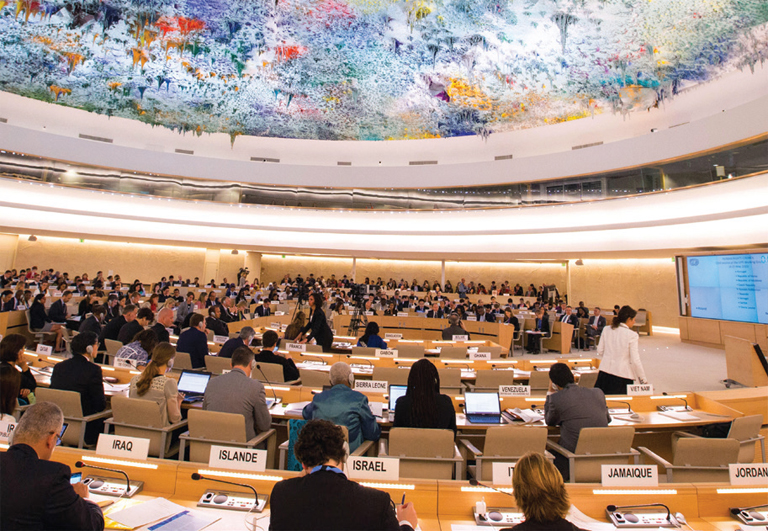
2014
The Fight for Education
Seventeen-year-old Malala Yousafzai, often referred to simply as Malala, became the youngest Nobel Laureate ever when she was awarded the 2014 Nobel Peace Prize for her fight for the right of all children to be educated. When Malala was 10 years old, the Taliban invaded her hometown in the Swat Valley of northern Pakistan, banning girls from school, prohibiting cultural activities, and silencing all dissidents with violence. Determined to finish her schooling, Malala quickly became a critic of the Taliban’s actions, at the forefront of a public campaign to give Pakistani girls access to a free quality education. At the age of 15 she was shot in the head by a Taliban member, but she survived and has continued her advocacy work, publishing an autobiography, speaking at the United Nations, and co-founding the Malala Fund, which is dedicated to providing all girls with a quality education.

2015
Climate Change and Human Rights
Climate change represents a fundamental challenge to human rights, representing enormous risks to populations’ health, food supply, and access to clean air and water. The Office of the United Nations High Commissioner for Human Rights, in line with the 2015 Paris Climate Agreement, promote a human rights–based approach to climate action, reflecting the fundamental obligation of states to address the preventable effects of climate change.
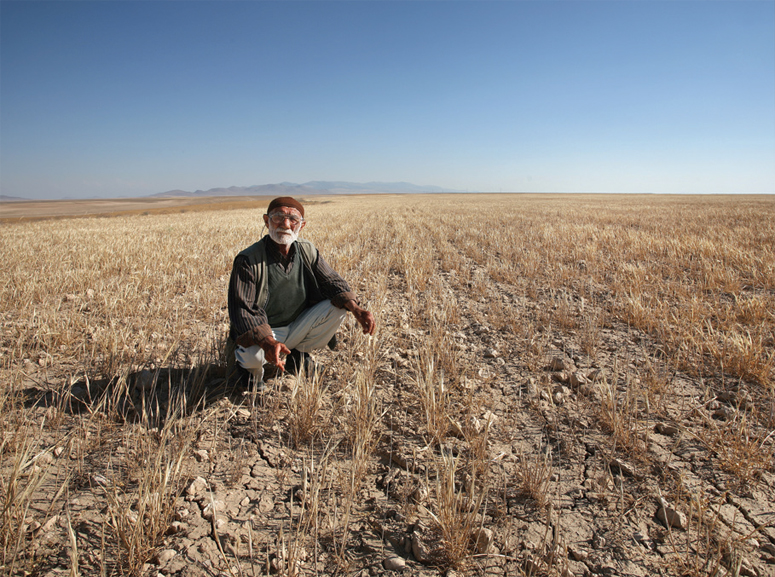
Human rights are increasingly intertwined with challenges related to science and health, such as challenges related to environmental health and digital disinformation. As new challenges arise, it will be ever more important to ensure that all people enjoy fundamental rights, including rights to life, health, food, water, housing, and livelihoods.
This page intentionally left blank.





